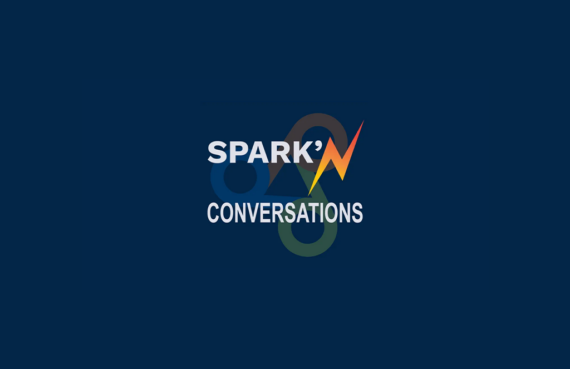Clients are understandably concerned about confidentiality when selling a business. Keeping the sale of a company quiet while we talk to as many qualified buyers as possible requires a methodical process.
Here’s the Sunbelt process:
The Target List: First and foremost we do our homework. Who should we approach and even consider disclosing to? What kind of strategic buyer will see the most value by acquiring our client?
The Blind Profile aka “The Teaser”: The blind profile is often called the “Teaser”. It provides an executive summary of the business, including Industry and a Financial Summary. This is enough information to create interest. However, it DOES NOT include a name, location or detailed financials or any other information that would allow a party to determine who the company is.
The Non-Disclosure, Confidentiality Agreement and Buyer Profile: Buyers must sign a Non-Disclosure /Confidentiality Agreement to receive more information. In addition, they need to demonstrate they have the financial wherewithal to acquire the company. If they are a Private Equity Group they will easily be able to show the funds they have raised for acquisitions. Strategic Buyers may be asked to provide their company balance sheet or other proof of funds.
The Confidential Business Profile: Once a potential buyer has signed the confidentiality agreements and demonstrated their financial wherewithal they are provided the Confidential Business Profile, sometimes also called the Offering Memorandum. The profile provides the company name, history, markets served, a description of products and services, customer concentrations (but no customer names!) an overview of operation and other information that will help the prospective buyer understand the opportunity. Most importantly the profile will detail Strengths and Growth Opportunities that differentiate the company. The profile typically does not contain sensitive information like customer names, employee names, vendor names or other such information.
Early Due Diligence: After reviewing the profile we encourage the buyer and seller to meet. This is an opportunity for the seller to learn more about the potential buyer AND for the buyer to ask follow up questions about the company, with a focus on operational questions, business model and growth opportunities.
Meeting Follow-Up: If the “Buyer/Seller” meeting goes well the Buyer will request more detailed financials. This information is provided via an online secured Data Room and includes basic financial reports like Profit and Loss statements, Balance Sheets and Tax Returns. It may also include equipment lists, intellectual property information or other schedules. Generally it will not include information such as customer or vendor names.
The Letter of Intent: The prospective acquirer should have enough information now to make an informed offer through a Letter of Intent. (LOI) or Offer to Purchase. If this is successfully negotiated and accepted then, and only then, do we provide sensitive information.
Due Diligence – Disclosing the Right Information at the Right Time: Even though we have an accepted LOI or offer at this time, it is still vital to provide the right information at the right time. This is in both the sellers and buyers best interest. Multiple buyers are likely to review this information but only one buyer will end up buying the company, so only a limited number of parties need to have access. The buyer should provide a Due Diligence request list once the LOI or offer is accepted. Then Sunbelt will work with the parties to determine in which order this information will be disclosed. Due Diligence that involves Internal matters should happen first, such as Financial, Legal, Operational and Environmental disclosures. Any due diligence for financing should also be handled early in the process. However, due diligence items that involve third parties (Landlords, Customers, Vendors, etc) should be handled last. If a buyer does not want to move forward due to an Internal matter than why do we want them to have more sensitive information? For example, requests to talk to customers should happen only after ALL other due diligence requests have been satisfied. In many cases we reject discussions with customers entirely and find another way to satisfy the buyers need to confirm that the customer relationships are solid.
At the end of the day we need to provide a reasonable amount of information to make a buyer comfortable with the investment. The Sunbelt process is designed to methodically release the RIGHT INFORMATION, at the RIGHT TIME, to the RIGHT PARTIES to achieve a successful transaction.




